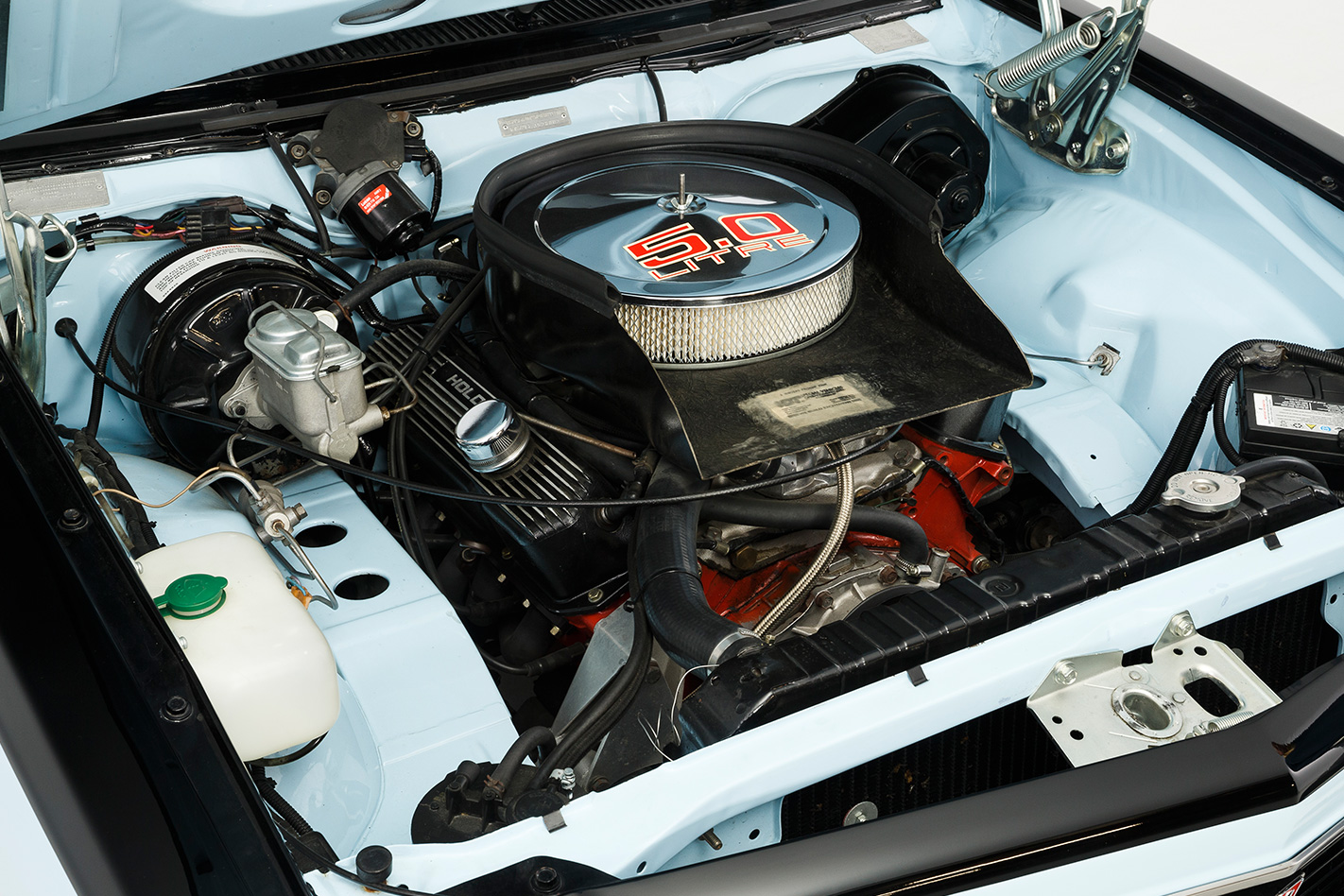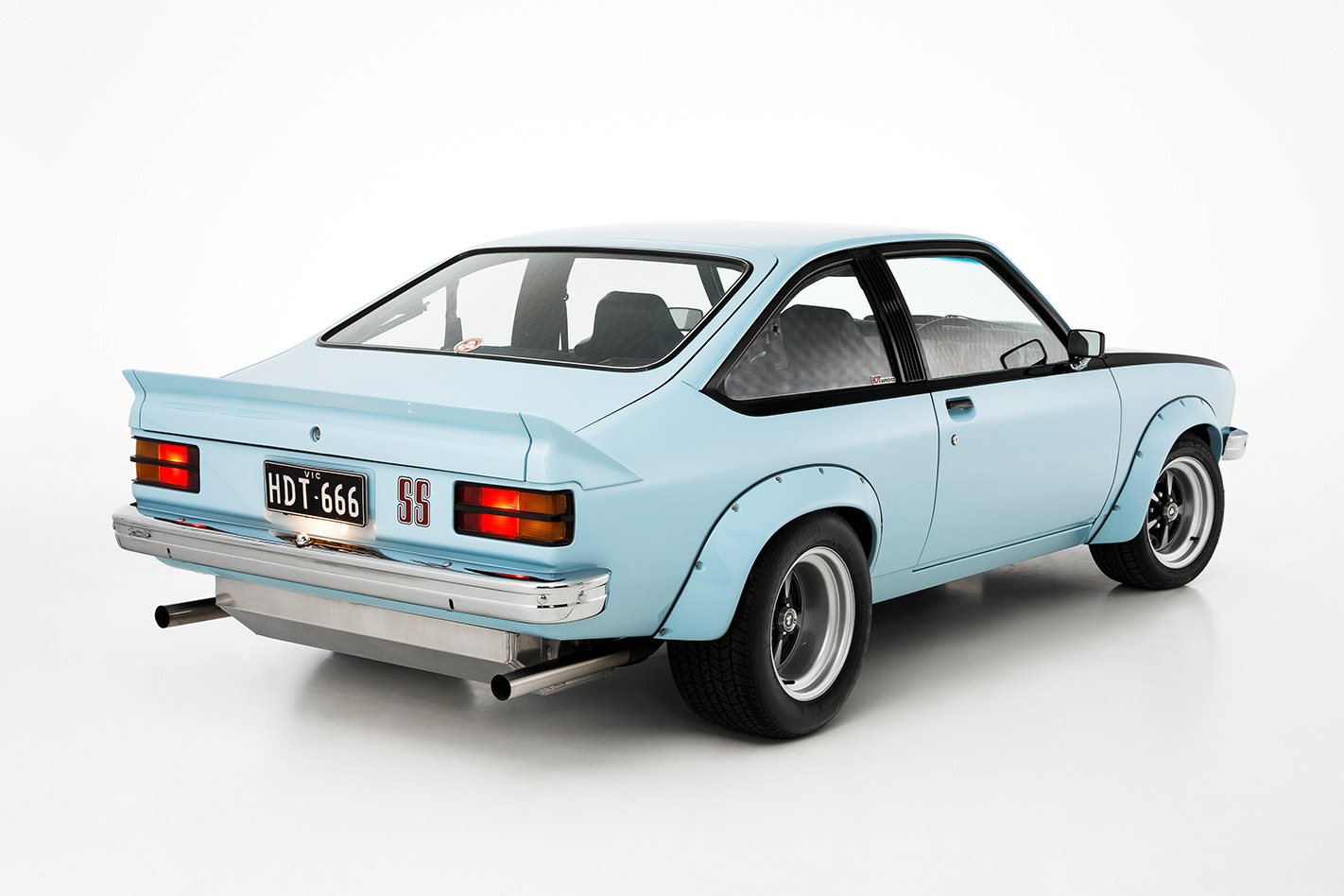AMONG locally-made road cars, the Holden Torana SS A9X makes a HSV GTSR W1 look cute as a kitten.
Its guards bulged like bodybuilder’s calves, its driveline featured Holden’s best bits, and its race-bred suspension was unprecedented. In Peter Brock’s hands at Bathurst, it thumped the competition by a margin that makes Ford fans shiver to this day. It was a monster born to meet radical demands.
Shoving a big, dirty V8 into a Torana was a move that should’ve matched Carrol Shelby’s Cobra. But in 1974, with the just released LH-series Torana, the resulting SL/R 5000 wasn’t the ‘supercar’ the public feared so much during the XU1 years. Holden’s small car, some 180kg lighter than a Monaro, had swallowed its 308 V8.

So the road car’s power flatlined even with an F5000 block and trick oily bits. The flawed suspension was carried over. And a lacklustre driveline endured. In race trim the L34 was potent enough to reclaim Mount Panorama, but durability flaws saw the ’76 overall Touring Car Championship go to Ford and left the door open for a counter offensive.
Desperate to shut Ford down when Holden ushered in the LX Torana in 1976, HDT was already at work on a racing special. Boss man Harry Firth built the new two-door hatchback in the exact specification needed to fix the L34’s durability issues and dominate under Group C regulations.

The steering rack was now solid mounted, while a modified rear floorplan allowed new suspension points, beefier driveline parts, and rear brake discs – a Holden first. Power was down. Even though it was greenlighted for racing, Firth’s boys couldn’t comply the old L34 engine to ADRs so an L31 5.0-litre V8 was subbed in with 161kW and 400Nm.
Durability was boosted by a rear 10-bolt diff, HZ Monaro GTS rear axles, and new radiator system up front. It looked tougher than ever, thanks to the L34 pack’s front flares and spoiler. But new rear guards and reverse bonnet scoop were added, the latter helping feed down-draught carbies.

MOTOR’s Holden Heroes series?
It rode comfortably, even if a little firm, and was tractable despite a 2.6 final drive (first gear was good for 97km/h!). With a four-speed synchro-equipped M21 it dispatched quarter miles in 16sec. There was a four-speed Borgwarner gearbox listed as an option, but in reality it was a race-only application.
Shoved into the SS hatchback, it created a dominating handler with durability and power to match. As a result HDT would bully Ford into quitting motorsport and force Holden to rethink its own involvement, making the A9X one of the greatest Holdens ever.
Torana SS A9X specs: On sale: 1977-79 Engine: 5044cc V8, OHV, 16 valve Power: 161kW@ 4800rpm Torque: 400Nm @ 3100rpm 0-97 time: 7.0 Seconds (claimed) Weight: 1242kg Price new: $11k






